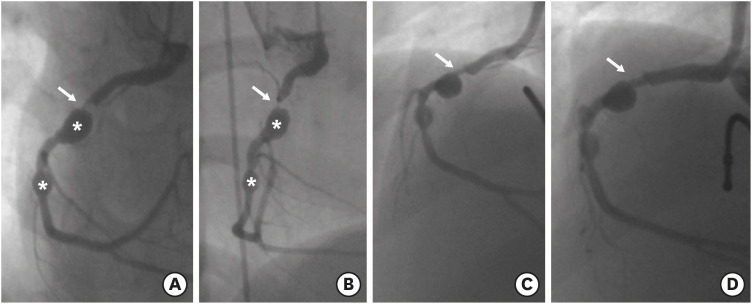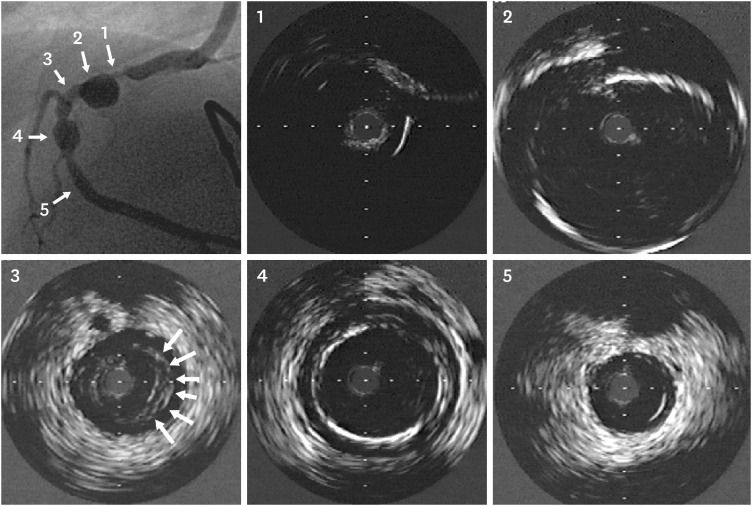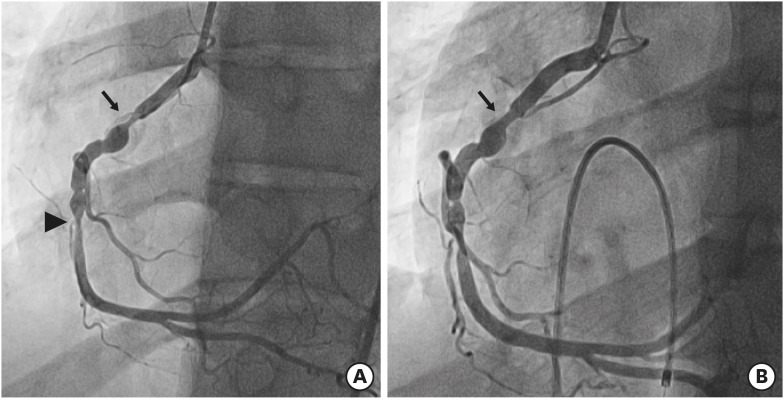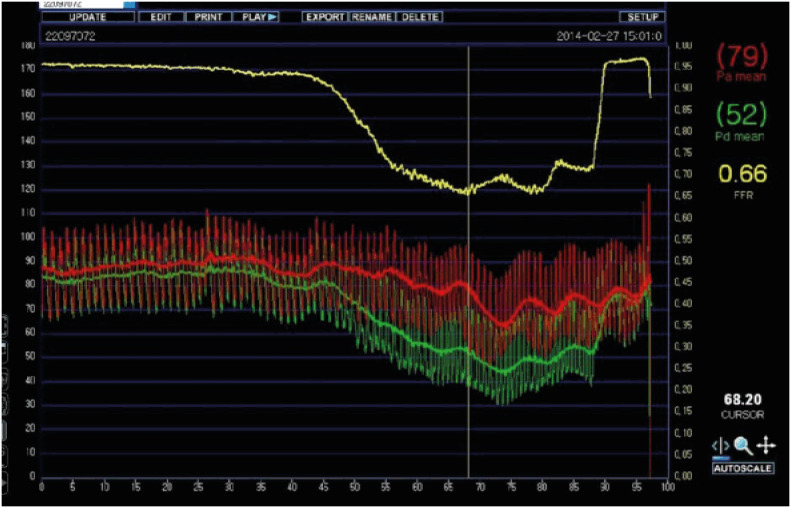Korean Circ J.
2021 Aug;51(8):712-715. 10.4070/kcj.2021.0142.
Long Term Follow-Up after Repeated Percutaneous Transluminal Coronary Rotational Ablations for a Severe Calcified Coronary Artery Stenosis Associated with Kawasaki Disease
- Affiliations
-
- 1Department of Pediatrics, Seoul St. Mary's Hospital, College of Medicine, The Catholic University of Korea, Seoul, Korea
- KMID: 2519154
- DOI: http://doi.org/10.4070/kcj.2021.0142
Figure
Reference
- Full Text Links
- Actions
-
Cited
- CITED
-
- Close
- Share
- Similar articles
-
- Percutaneous Transluminal Coronary Angioplasty for Coronary Artery Stenosis in a Young Patient with Long Term Kawasaki Disease
- Percutaneous Transluminal Coronary Angioplasty for Coronary Artery Stenosis in an Adult Kawasaki Disease with Coronary Aneurysm : A Case Report and Review
- Percutaneous transluminal coronary angioplasty for ostial stenosis of the left coronary artery
- Rotational Atherectomy through Inner Guiding Catheter System for 1.25 mm Rotational Burr Non-Crossable Heavily Calcified Coronary Stenosis
- Experience in High Speed Rotational Coronary Atherectomy






